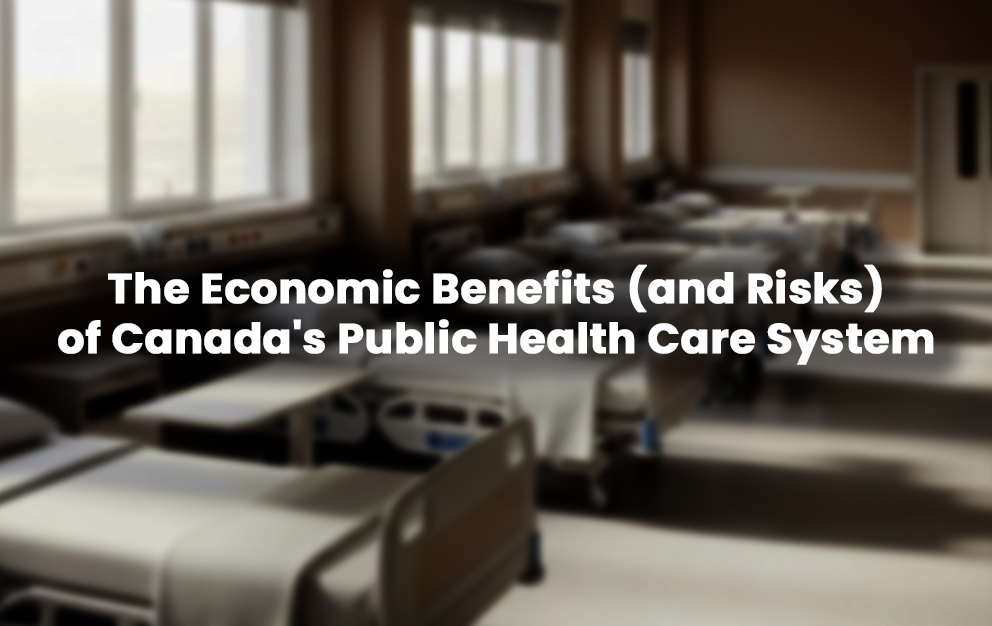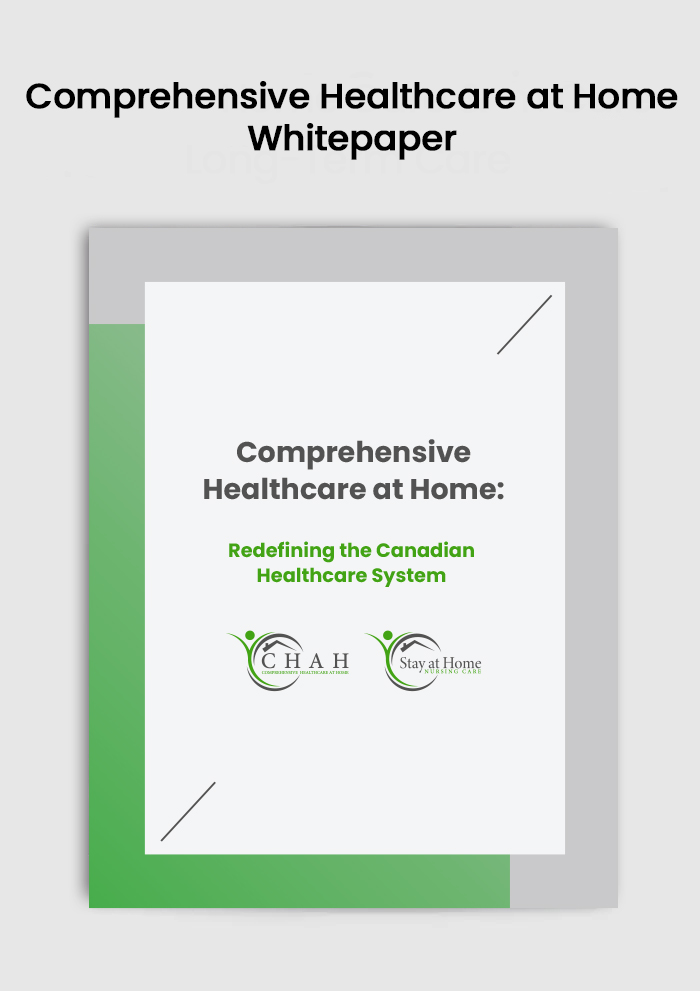In June 2025, over 275 economists, clinicians, and health policy experts signed a compelling open letter making the case that Canada’s public healthcare system isn’t just a moral or social imperative—it’s an economic engine. At Stay at Home Nursing (SAHN) and CHAH Technology, we share that belief. Universal healthcare reflects the best of Canada’s values: dignity, equity, and care based on need, not income. And we agree that a well-resourced healthcare system boosts GDP, supports millions of jobs, and strengthens social stability.
But while we endorse the intent and principles behind the letter, we also believe it falls short in some critical ways—and misses the structural transformation Canada now urgently needs.
Let’s Aim Higher Than “Better Than the U.S.”
The letter highlights Canada’s administrative efficiency compared to the U.S.—and it’s true that we spend far less on paperwork, private billing, and overhead. But that’s a low bar. The U.S. system, despite world-class hospitals and innovation, ranks dead last among developed nations in overall performance, equity, and efficiency.
More worryingly, Canada ranks almost at the bottom in the same global comparisons, including the Commonwealth Fund’s Mirror, Mirror healthcare report. So while we outperform the most expensive and inequitable system in the world, our outcomes are still poor relative to what we spend.
This isn’t a victory lap. It’s a red flag.
Are We Really Underfunded? Or Just Inefficient?
One of the letter’s central claims is that Canada’s healthcare system is “chronically underfunded.” But by most international standards, we’re not.
Canada ranks among the top OECD countries in per capita public health spending. In Ontario, we’re seeing nearly half of every dollar spent on home care go to administrative overhead. Family doctors report spending 22 hours a week on non-clinical paperwork. These are not signs of underfunding. They’re symptoms of poor system design, siloed delivery, and wasteful processes.
And while the open letter rightly champions the economic benefits of public care, we must also confront its hidden economic costs. According to recent estimates, wait times for medically necessary care cost Canadian workers over $5 billion in lost wages annually—nearly $3,000 per affected patient. These delays are not only frustrating—they’re financially damaging, especially for lower-income families. Universal access must not come at the price of universal waiting. We need better outcomes and better efficiency.
If spending alone were the answer, our outcomes would already be world-class. They’re not. And just like in medicine, if we misdiagnose the problem, we’ll prescribe the wrong cure. Canada needs more than funding the system we have—it needs comprehensive redesign and structural reform.
The Prescription: Comprehensive Healthcare at Home
We believe Canada can—and must—redefine how care is delivered. That’s why we’re advancing a model we call Comprehensive Healthcare at Home (CHAH), detailed in our white paper. It’s rooted in the principles of universality, and designed for a future where care isn’t defined by buildings, but by people and data.
Here’s what that looks like:
1. Shift From Institutions to Home and Community-Based Care
Our healthcare system is stuck in an infrastructure-first mindset. Hospitals and long-term care facilities dominate funding, even as waitlists grow and capacity falters.
Meanwhile, 96% of Canadians want to receive care at home. CHAH proposes:
- Making the home a foundational site of care, not a fallback.
- Investing in “hospital ward in a box” kits for acute care delivery at home.
- Scaling home-based long-term care, especially for older adults and people with chronic conditions.
2. Fund and Study New Models Before Expanding Coverage
Rather than insuring current home care under the Canada Health Act without reform, we propose:
- Funding multiple models across provinces.
- Measuring outcomes, equity, and cost-effectiveness.
- Scaling only what works—evidence-backed delivery models that improve outcomes and reduce costs.
3. Invest in Predictive, Not Reactive, Care
Reactive care leads to ER visits, hospitalizations, and avoidable death. CHAH is powered by AI-based predictive monitoring that:
- Detects risks like UTIs, falls, or infections before they escalate.
- Supports nurses with real-time insights to guide proactive interventions.
- Enables smarter, faster deployment of limited workforce resources.
4. Build a National Health Record and Universal Care Plans
Fragmented data kills continuity. CHAH calls for:
- A patient-owned Unified Health Record (UHR) that follows patients across systems and provinces.
- A Unified Care Record (UCR) that integrates treatment plans across providers and platforms.
- Full alignment with Bill C‑72 and real-time integration with provincial systems.
5. Deploy Healthcare Navigators to Guarantee Access
Every Canadian should have a designated nurse Navigator—a trained RN supported by AI, responsible for ~1,000 citizens. This would:
- Guarantee annual in-home checkups.
- Catch deterioration early.
- Drastically reduce ER overload while improving access to chronic and preventative care.
Let’s Fund Boldness, Not Bureaucracy
We stand with the letter’s signatories in defending universal public care. But preserving values doesn’t mean preserving a broken system. It means redesigning it—intelligently, bravely, and urgently.
What we need now is not more money alone—but more courage. The courage to admit that our current structure isn’t working. And the vision to build one that does.
Comprehensive Healthcare at Home isn’t a concept. It’s a movement in motion.
Let’s stop re-hashing the problem—and start building the solution.







